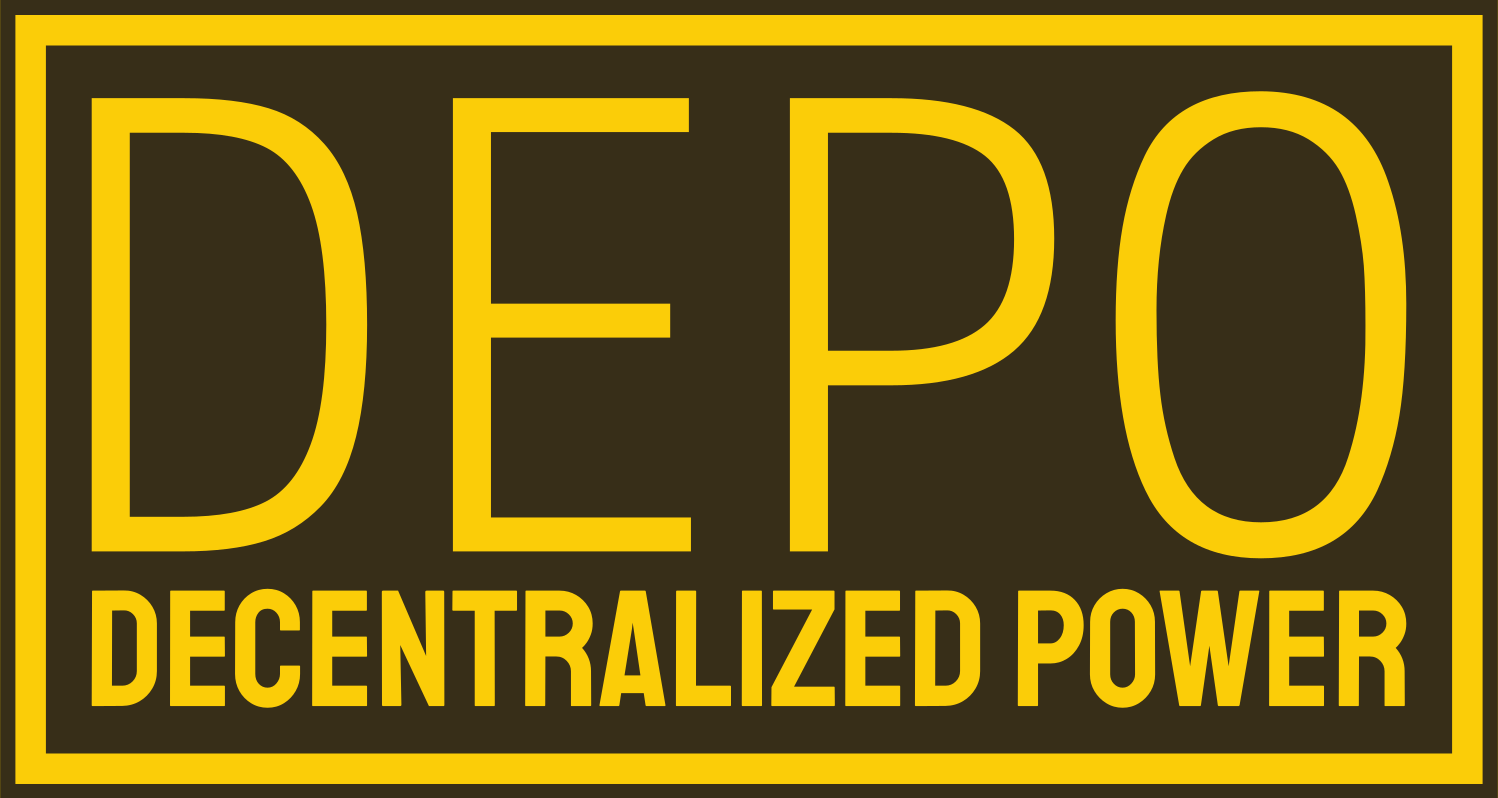Bridge Web2-to-Web3
Bridge Web2-to-Web3
A bridge between Web2 and Web3 refers to a technological or financial connection that facilitates the interaction and interoperability between the real world enterprises (Web2) and the decentralized, blockchain-based internet (Web3). Web2 represents the current state of the enterprises infrastructures and business, characterized by centralized platforms and services that rely on servers owned by specific companies to manage and store data as much as being financially bound to fiat. Web3, on the other hand, envisions a more decentralized and user-centric internet and currencies where blockchain technology enable peer-to-peer interactions, digital ownership, and enhanced privacy.

At Decentralized Power, we believe that holders and builders can come together in a trustless environment to create real economy business that benefit both parties. Our bridging solutions can get the best out of Web3 and Web2, and use it in real world use cases.
DEPO
A bridge between these two paradigms aims to bridge the gap between centralized and decentralized systems, allowing them to communicate, share data, and leverage each other’s strengths. Often real world enterprises are ignoring all the market’s potential hidden into blockchains, as well as decentralized projects don’t know how to properly invest their huge capital in real economy business.
This connection is crucial because it helps address some of the limitations of both Web2 and Web3:
- Interoperability: Web3 applications often struggle to interact with traditional Web2 services due to differing data formats, protocols, and architectures. A bridge helps establish common standards and protocols that facilitate communication and data sharing between these two worlds.
- User Experience: Web2 applications offer familiar and user-friendly interfaces, while early Web3 applications might have a steeper learning curve. A bridge can provide a more seamless experience by allowing users to access Web3 features from within familiar Web2 applications.
- Scalability and Efficiency: Web2 platforms can leverage their existing infrastructure for efficient data storage and processing. By connecting Web2 and Web3, the scalability challenges faced by some decentralized networks can be mitigated through the utilization of existing Web2 resources.
- Mass Adoption: Web2 platforms already have large user bases, making them potential entry points for introducing mainstream users to Web3 concepts. A bridge can help onboard users to the decentralized world without requiring them to completely abandon their existing online habits.
- Data Sharing and Ownership: Web3 emphasizes user control and ownership of data. A bridge can allow Web2 users to seamlessly transfer their data to decentralized platforms while maintaining control over who accesses it.
Technologically, a bridge can be implemented through various means, such as:
- Cross-Chain Interoperability: Enabling communication between different blockchain networks, allowing assets and data to move across chains.
- Decentralized Oracles: Trusted data sources that feed information from the outside world into smart contracts, making external data accessible within Web3 applications.
- Token Wrapping: Converting Web2 assets (like traditional currency) into Web3-compatible tokens, enabling them to be used within decentralized applications.
- Middleware Layers: Software layers that mediate between Web2 and Web3 services, translating requests and responses between the two.
Overall, a bridge between Web2 and Web3 is a critical step toward achieving a more holistic and integrated experience, combining the best aspects of centralization and decentralization for enhanced user empowerment and functionality.
Hello! We are a group of skilled developers and programmers.
Hello Future! Reach us out if you need to build any Web3 ProjectTechnology for AgricultureGreen Energy Solutions
We have experience in working with different platforms, systems, and devices to create products that are compatible and accessible.
